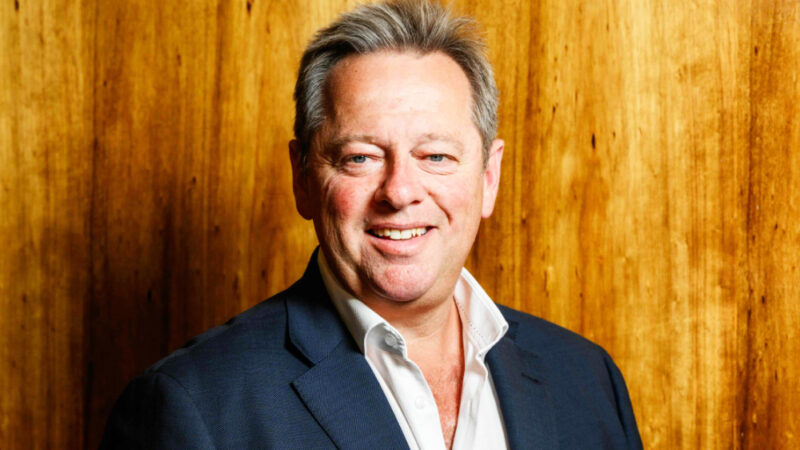Ooh Media’s Mark Fairhurst: ‘Outdoor is not for the faint-hearted’
Ooh Media’s big problem, the one that comes with scale, complexity and a history of acquisitions, is that it has the reputation of being difficult to deal with. It is Mark Fairhurst’s job to change both the reality and the reputation.
That’s a big ask at Australia’s biggest outdoor company, and Fairhurst’s role as Chief Revenue Officer (CRO) has a big remit: he has responsibility for “all things that touch the customer”.
“ The history of Ooh Media is that it’s been built on the acquisition of a number of leading outdoor media companies along the way, each with their own complications and idiosyncrasies,” Fairhurst says. “My priority has been to streamline the structure, the product offering, and the go-to-market to ensure that our offerings are understood, they’re easier to plan and buy, and faster.”

Mark Fairhurst

